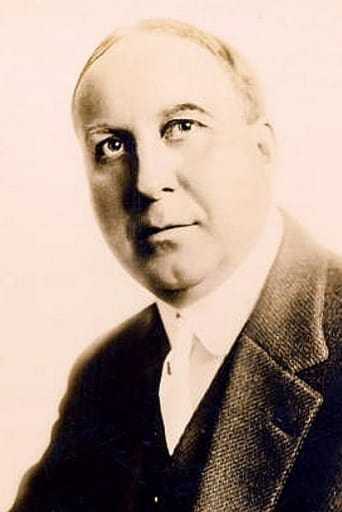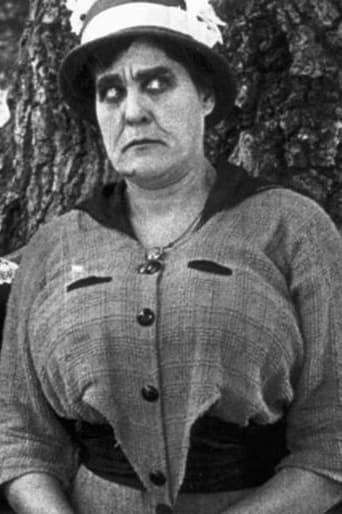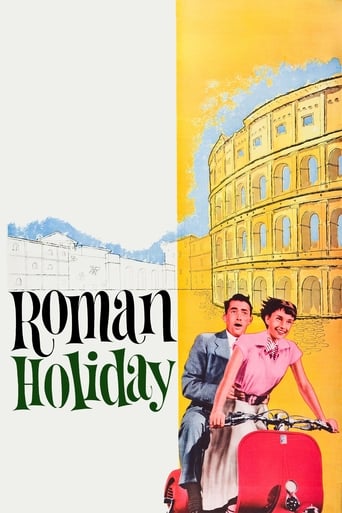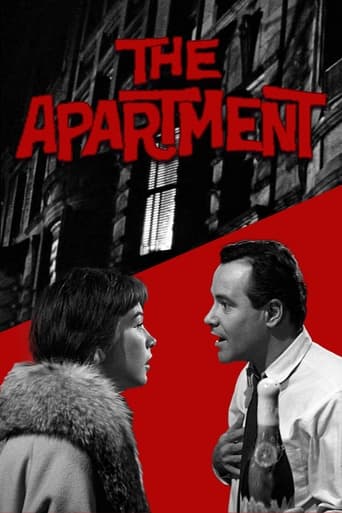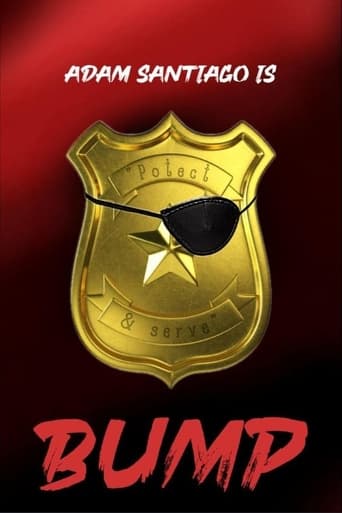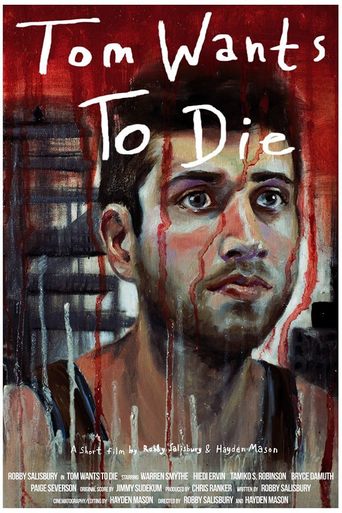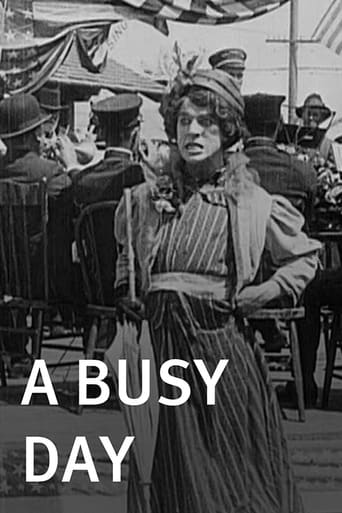
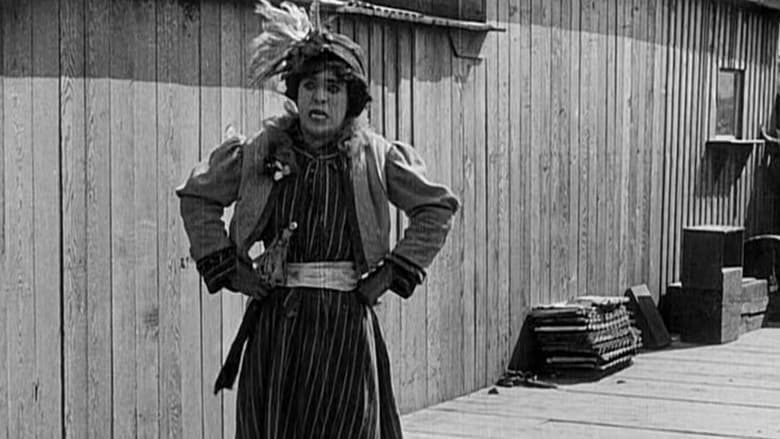
A Busy Day (1914)
A jealous wife is chasing her unfaithful husband during a parade, after he starts to flirt with a pretty woman.
Watch Trailer
Cast


Similar titles
Reviews
The Age of Commercialism
Fanciful, disturbing, and wildly original, it announces the arrival of a fresh, bold voice in American cinema.
This is one of the best movies I’ve seen in a very long time. You have to go and see this on the big screen.
By the time the dramatic fireworks start popping off, each one feels earned.
A Busy Day (1914) ** (out of 4) Chaplin plays a woman(!) who gets tired of her husbands and decides to fight with him in public. This here really doesn't have a single funny moment but it's still interesting to see Chaplin playing a woman.Caught in a Cabaret (1914) *** (out of 4) Chaplin is mistaken as a Greek Ambassador and must keep a girl's family from finding out. This one here is a real riot with some wonderfully funny fight scenes but the real highlights are the title cards, which feature some very funny one-liners. Also of note is that this storyline would play a big part in future Chaplin films.Fatal Mallet, The (1914) *** (out of 4) Chaplin, along with two other guys, fights for the affection of a woman. Instead of using their fist the guys instead throw bricks at one another. This is a very funny film that has some outrageous violence that makes for a good time.Knockout, The (1914) *** (out of 4) To show off his braveness, Fatty Arbuckle challenged a professional boxer to a fight. Fatty is funny as usually and like the above film, this one here gets the laughs from violence ranging from punches to items being thrown. Chaplin has a small but funny cameo as the referee.
Not much is the same about A Busy Day and Kid Auto Races at Venice except that for the early scene in this film where Chaplin is causing a disruption at a parade, where a camera crew are attempting to film. He begins as a member of the audience (a female member, as it were), and almost immediately begins kicking and punching everyone in sight, and repeatedly being thrown into the same policeman, who seems each time to find the incident surprising and annoying but otherwise unimportant.As was the case in The Masquerader, Charlie is oddly convincing as a woman, and it is not until he starts throwing punches and kicks that it becomes clear that he is Charlie and not a woman. His diminutive stature and effeminate demeanor (not to mention the absence of close-ups and the help of almost 100 years of deteriorated film stock) help to pass him off as a woman, but his behavior is so familiar from so many short comedies full of punching and kicking that once the comedic violence starts, it's just Chaplin in a dress doing the same thing that he did in so many other films at the time.Of course, I say all of this in retrospect, because I am sure at the time audiences found the idea of a man dressing up like a woman and starting fights was endlessly hilarious, but the content of the comedy has not fared quite as well as Chaplin's later work. (spoiler) But at least since he insists on ending another film by falling in the water, he puts something of a spin on the idea here.I did, however, also find this film a bit interesting because it was filmed on location, so it shows a little of what Los Angeles looked like almost 100 years ago. I only wish I knew where exactly in LA it was filmed, just because I know the city so well and I love to think about Chaplin shooting his films on the same streets where I have been so many times. In A Day's Pleasure, for example, the opening scene is shot right next to his studio on La Brea Avenue, where I have been countless times, and I find it to be fascinating to look at that film and then go look at what the exact same spot looks like today.
In 1914, Charlie Chaplin began making pictures. These were made for Mack Sennett (also known as "Keystone Studios") and were literally churned out in very rapid succession. The short comedies had very little structure and were completely ad libbed. As a result, the films, though popular in their day, were just awful by today's standards. Many of them bear a strong similarity to home movies featuring obnoxious relatives mugging for the camera. Many others show the characters wander in front of the camera and do pretty much nothing. And, regardless of the outcome, Keystone sent them straight to theaters. My assumption is that all movies at this time must have been pretty bad, as the Keystone films with Chaplin were very successful.The Charlie Chaplin we know and love today only began to evolve later in Chaplin's career with Keystone. By 1915, he signed a new lucrative contract with Essenay Studios and the films improved dramatically with Chaplin as director. However, at times these films were still very rough and not especially memorable. No, Chaplin as the cute Little Tramp was still evolving. In 1916, when he switched to Mutual Studios, his films once again improved and he became the more recognizable nice guy--in many of the previous films he was just a jerk (either getting drunk a lot, beating up women, provoking fights with innocent people, etc.). The final evolution of his Little Tramp to classic status occurred in the 1920s as a result of his full-length films.In this film, Charlie is dressed (awfully convincingly) as a woman. And, unfortunately that's really about all there is to the movie. No real plot other than Charlie in drag slugging people. The movie gets a 3 just because of its historical value and because it's cool to see how pretty a girl he made! These reasons alone are NOT enough reason for you to see this film.
'A Busy Day' is proof of something I've often maintained: namely, that no so-called 'lost' film should ever be considered truly lost unless it was deliberately destroyed. 'A Busy Day' was unavailable for many decades, and was generally assumed to be lost ... until an acetate-stock dupe print (intended for home-movie exhibition) was discovered in 1970; the movie is now widely available on video.'A Busy Day' was made by Mack Sennett's Keystone studio, and even by that studio's slapdash methods this was a cursory effort. It ran only about 5 minutes. Cinema projectionists' reels run about 10 minutes; to make up the difference, Sennett purchased an educational film from an outside source ... releasing the two unrelated subjects as a single 'split-reel'.'A Busy Day' is also a good example of Keystone's guerrilla filmmaking techniques. Sennett and his crews would often take advantage of some local event, placing their actors (in costume) in front of this so as to co-opt the event as background for the actors' slapstick antics. When a military band performed its manoeuvres near Venice, California, the Keystone gang ad-libbed this movie at the edge of the parade grounds ... using the musicians as a backdrop.This movie features Keystone's mushroom-faced comedian Mack Swain ... but without the bushy moustache he usually wore in his 'Ambrose' characterisation. Swain is teamed here with Charlie Chaplin, in the role of (wait for it) Swain's wife!Cross-gender casting was fairly common in silent films ... usually employed when a female character had to endure some rough stuff, so a male 'actress' was cast. In two other films ('The Masquerader' and 'A Woman'), Chaplin - a small, graceful actor with delicate features - played a man who dons female disguise: in both cases, he looked quite passable as a *beautiful* woman. (On at least one occasion offscreen, Chaplin wore female disguise in public, without being detected, so as to escape from some overly zealous fans.) In 'A Busy Day', for the only time in his screen career, Chaplin played a biological woman ... so, it's intriguing that 'she' has no sex appeal at all. This woman is a pantomime dame, like Widow Twanky or Monty Python's pepperpot women. She shrieks, she leaps into the air, she blows her nose on her long skirt and beats her husband with an umbrella.Because Chaplin stars in 'A Busy Day', it is often assumed that he also directed this film. That is almost certainly incorrect. Chaplin's personal archives in Vevey did not include a print of this film, indicating that he did not care to own a copy ... and that he had probably participated in 'A Busy Day' only as an actor for hire, rather than as scenarist or director. Surviving records from Sennett's studio indicate that this film was probably directed by George Nichols, a general factotum at Keystone whose best talents were managerial.There is some clever editing work in this movie, of a type that I call 'modular' filmmaking. Two different camera set-ups are used for a sequence in which Chaplin's female character is tossed back and forth by two men. The two set-ups function as two separate modules, or even two separate movies running simultaneously, with Chaplin tossed back and forth between them. The effect is amusing, but I suspect that it was born of necessity ... to make two separate locations look as if they were geographically adjacent.I'll rate 'A Busy Day' 4 points out of 10. It's not especially funny, but it has some historical value as an early example of on-the-fly filmmaking.



